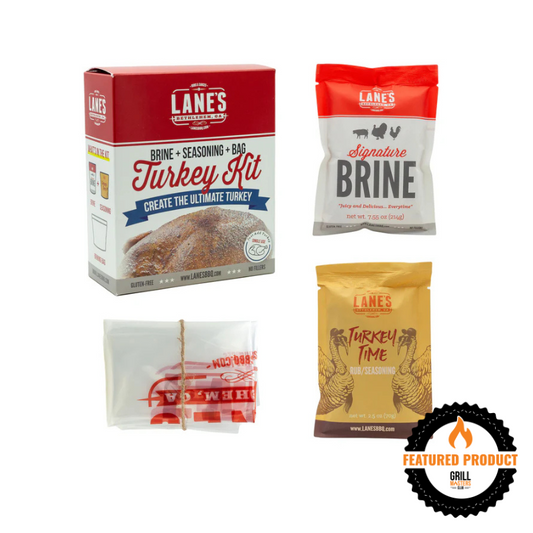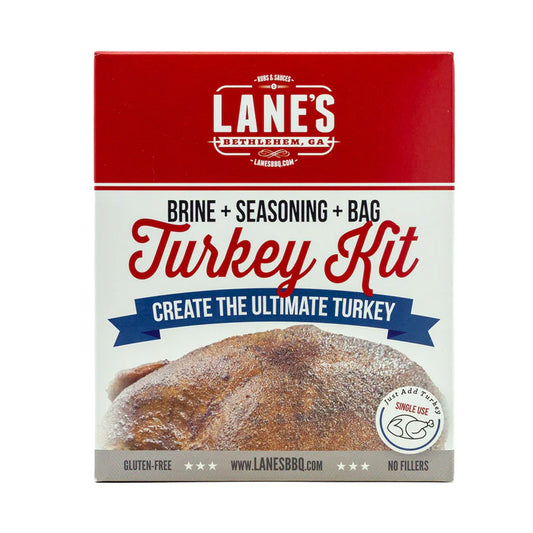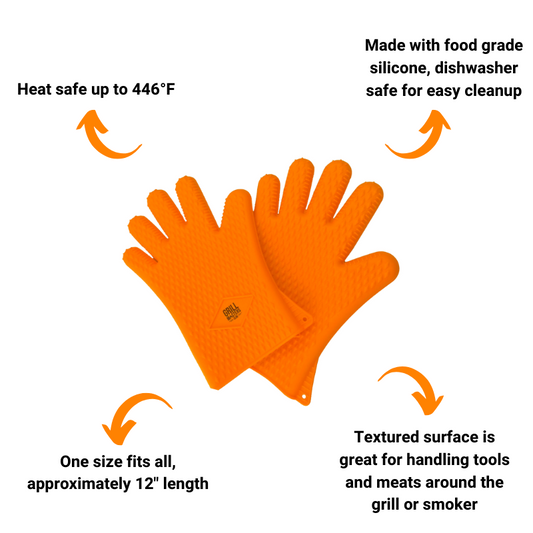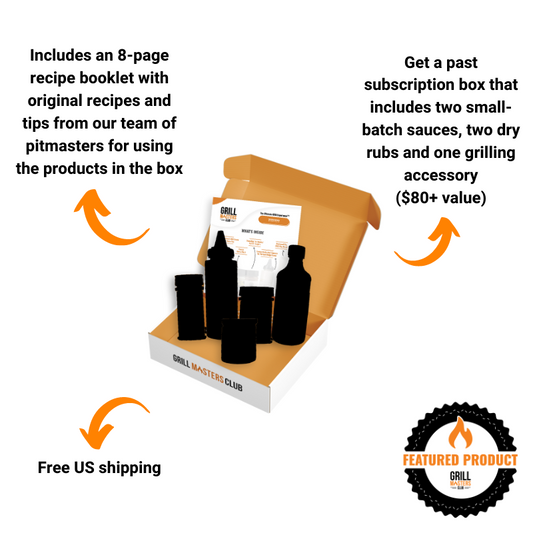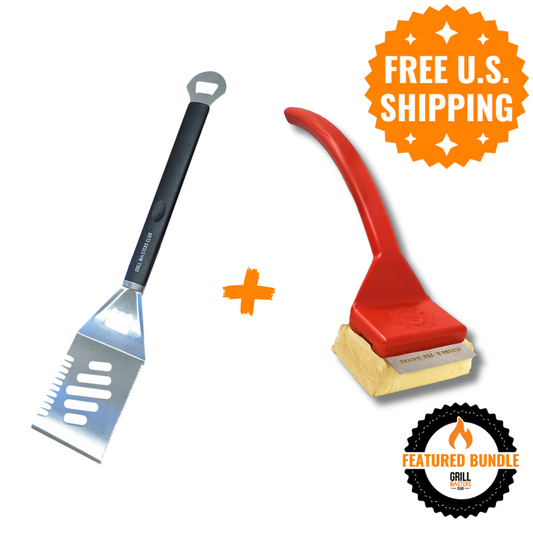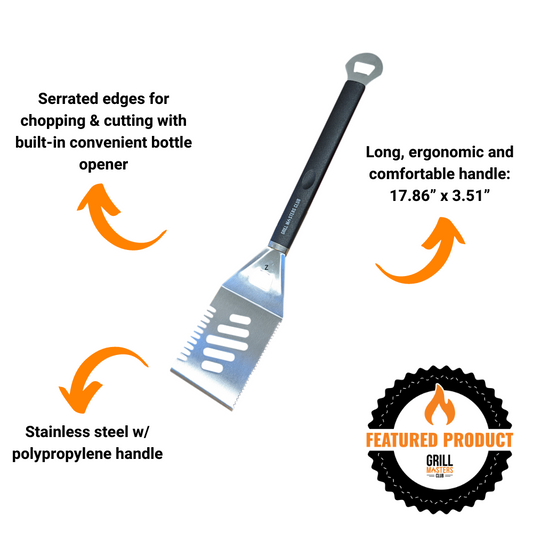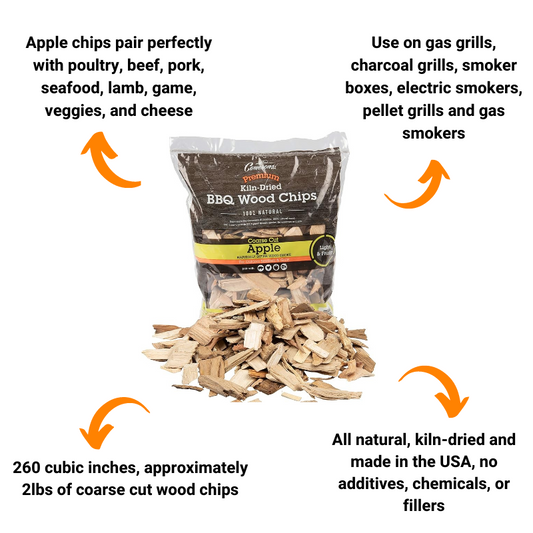If you’ve had smoked salmon before, you know that the process brings out tons of flavor from the fish. However, you may have thought that it was too difficult to do yourself. Fortunately, we’re here to show you how to smoke salmon and turn that fillet into the best-smoked dish you’ve ever eaten. If you are new to smoking and grilling, we suggest you check out our
Ultimate Beginners Guide To Smoking Like A Pro. It will help you understand the concepts needed to understand much of this article.
The Benefits of Smoking Salmon
This fish is already an excellent choice no matter how you eat it, but when you decide to smoke it, the enjoyment level goes up a notch. Here are the reasons why you should invest your time and energy into learning how to prepare this delicious dish.
Fatty Oils and Acids
Salmon is rich in a lot of things, most notably fatty acids and oils. While some varieties of oil are bad for you, salmon oil includes Omega-3, which is a fatty acid that helps your body stay in peak condition. Salmon has more Omega-3 than most other fish species, which is why it’s so good for you. Also, all that oil helps bring the flavor profile up a notch.
Lean Protein
All humans need protein to survive and build muscle, but all proteins are not created equally. What makes salmon such an excellent source is that it comes full of a wide variety of amino acids. In fact, it’s considered a “complete” protein because it delivers all of the amino acids your body needs.
Brine
While the health benefits are always a plus, they are true for any form of salmon. However, when it comes to smoking, the reason why it’s such a good idea is that you can add more flavor to the fish with a brine. A fundamental part of smoking salmon is the brine, and you can create a unique recipe that makes the meat truly shine.
Long-Lasting
With regular salmon fillets, you have to cook and eat them relatively quickly. Even if they aren’t spoiled per se, they lose a lot of their amino acids and vitamins when they’ve been sitting out for too long. Fortunately, when you smoke salmon, the process keeps the meat better for longer. In fact, depending on your preparation and storage method, your smoked salmon could be good to eat for months on end. Thus, you can keep the tasty times rolling for a lot longer than if you cooked it with traditional methods.
Where to Get the Best Salmon
As with any food preparation, you have to take care to get it right from the beginning. If you want the best smoked salmon, then you have to start with the best meat. Now is not the time to try and find bargain fish fillets as that will ruin the overall flavor in the end. But how can you be sure that you’re getting the right meat? Here are some guidelines you should follow.
Know Your Species
For many people, salmon is salmon, no matter how you look at it. However, now that you’re going to be a connoisseur of the meat, you can’t plead ignorance anymore. While we won’t get into too much detail here, let’s go over the most common salmon species for smoking. King (Chinook): this species has the highest fat and oil content, which makes it ideal for smoking. However, it’s also more expensive because of its increased flavor profile. Sockeye: another high-fat option, it’s a little lower on the scale compared to Chinook. Most salmon lovers prefer Sockeye to most other varieties. Coho: with less fat, the flavor is not as intense. However, it’s mild undertones can allow you to add more zest with your brine. Pink: if you’re not willing to spring for a better option, this is a cost-effective species that has a mild flavor and decent texture. Chum: if you use chum salmon for smoking, you’re doing it wrong.
Check the Oil
Overall, the more fat content your salmon has, the better it will be for smoking. Thus, sockeye or Chinook is going to be your best bet, although you can get away with coho if you’re on a budget. That being said, if you want a milder final product, coho or pink salmon could be a better option because they won’t be too overwhelming.
Check the Freshness
Because fish is so delicate, you have to get it as fresh as possible. If you can, go to a fish market and buy the whole thing and fillet it yourself. Getting a whole salmon is beneficial for two reasons. First, you can make sure it’s really fresh, and second, you get more meat overall. If you get a whole fish with a head, the eyes should be clear and glassy, not cloudy. Also, the skin should be shiny. When buying prepared fillets, you want to check the firmness of the meat. If it bounces back after pushing in with your finger, it’s good to go. Otherwise, it could be spoiled or on the verge of going bad. Finally, salmon that smells is not a good choice for smoking. Sure, you can get away with it, but why put yourself through that experience? The smell means that it’s being broken down by bacteria and rotting - still want to eat it?
How to Fillet a Salmon
As we mentioned, getting a full fish is going to be your best bet for getting the most out of your smoked recipe. However, doing this means that you’ll have to do some extra preparation beforehand. Here are the steps to take when filleting your fish. With a butcher knife, cut from the base of the head towards the tail. You will be following the spine, so the back of the fish should be facing toward you. Cut through the ribs until you’ve separated the fillet from the rest of the body. Flip the salmon over and start from the tail and work back towards the head. Doing it this way will keep the meat intact. Next, you will have to remove the rib bones from the fillets. Using a fillet knife, gently carve the bones away from the rest of the meat. Don’t cut too deep or you’ll be wasting a lot of flesh you don’t want to. Do this for each fillet. Finally, you will have to remove the rest of the bones. You can use a set of pliers to get them out intact. Push them through with your thumb as you pull to loosen them. Don’t yank or grip too hard as the bones could break. Once all of the bones are out, you’re ready for smoking.
How to Smoke Salmon
Now that we have our fillets (either pre-packaged or prepared by hand), we can get to the main event. Here are the steps to take.
1. Make a Brine
At its core, a brine solution is just saltwater. However, if you want to add some extra flavor, feel free to include various spices, such as bay leaves or garlic. A good rule to follow is ¼ cup salt for every four cups of water. Another way to think of it would be about a tablespoon per cup.
2. Cure the fillet
Since salmon is so thick, you want to cure it for as long as possible (without it getting too salty). Put the fish into the brine and make sure that you’re using a non-reactive container, such as plastic or glass. Glass is best because there’s less of a chance of chemicals leeching into the brine. Cure the fish for at least eight hours, although you can do up to a whole day (24 hours) if you want more flavor absorbed. Remember, though that will make the fish extra salty, so be sure that you know what you’re doing.
3. Dry the Salmon
Before you can start to smoke your salmon, you have to let it dry first. Doing this will create a pellicle, which is a small layer of fat and oil on the surface. This is why fattier salmon species are better for smoking. More oil means more smoke flavor attaches to the fish. Place your salmon fillets on a rack and let dry for at least two hours. If you want, you can run a fan over them to speed up the process. Using a plank can be nice but doesn't inpart the flavor and steam people think it does and the
BBQ science is pretty clear on that.
4. Smoke the Salmon
As with any kind of smoking, there is more nuance to it than anything. Yes, you will want to come up with a recipe that you can follow for future batches, but when you’re first starting out, there will be a lot of experimenting. You’ll want to choose a wood that creates a smoke flavor you like. Since salmon has a mild flavor, most people prefer apple wood or maple. These options will help mellow out the saltiness of the brine. For thick fillets, you should smoke for around three to four hours. The ambient temperature should be between 140 and 200 degrees. The higher it is, the less time it will take. You’ll know it’s done when the meat is flaky, or when the internal temperature is 140 degrees. However, resist the temptation to check the fish periodically. Instead, set a timer and leave it alone for as long as possible. Interrupting the process will only make it take longer.
5. Store It
While you’ll want to eat the fish as soon as it’s ready, you will also want to store the leftovers for later. If you have a vacuum sealer, use that as it will keep the meat edible for longer. You can also freeze it if you don’t think you’ll touch it for a while. Overall, smoking will keep the salmon fresh for up to a few weeks. If it’s vacuum sealed, you can go a little longer. Keep it refrigerated to slow the degradation process. When it comes to fish, one of the best options out there is salmon. Not only is it delicious, but it’s also one of the healthiest choices you can find. For most people, a slab of salmon fresh from the pan is a delicious way to eat it. However, for our money, we say that the best option is to smoke it.













